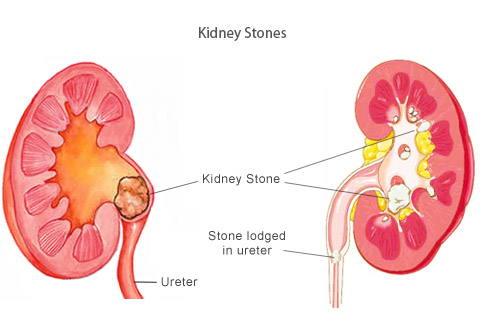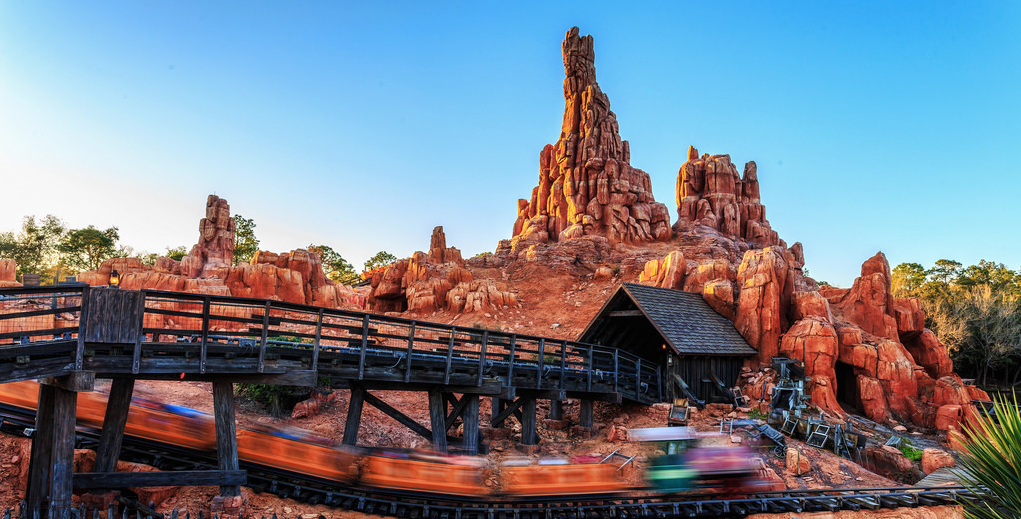Disney attractions can do a whole lot of things for people. They can make people happy. They can be exciting. They can be fun. They can sometimes be a little scary. They can be impressive. And a few can be a little ho-hum (I’m looking at you, Journey Into Your Imagination, which was so much better when it was the original version of the attraction!).
But who knew they can apparently sometimes help people with their health?!?!

In the Journal of the American Osteopathic Association, a paper written by Dr. David Wartinger, entitled “Validation of a Functional Pyelocalyceal Renal Model for the Evaluation of Renal Calculi Passage While Riding a Roller Coaster,” was published. In layman’s terms, he wrote about how a Disney roller coaster could potentially help people pass kidney stones, as shown by a model.

Apparently he had several patients who had passed kidney stones while on Big Thunder Mountain Railroad (BTMRR), including one unfortunate (or fortunate, depending on how you look at it) person who had passed 3 stones on 3 different occasions. He had also heard of other people, through the years, who had been on theme park and amusement park roller coasters (not just BTMRR) and passed stones. That led him to theorize that roller coasters, under certain conditions, could help people pass kidney stones. So he and his research partner, Dr. Marc A. Mitchell decided to test the theory.
The doctors went to BTMRR with an anatomically accurate silicone mold of a kidney that duplicated the hollow spaces inside a kidney where stones tend to form. They then inserted urine and kidney stones into the passageways (ewww!) and kept the whole contraption in a backpack that they kept at kidney height while they rode BTMRR.
Silicone model of the inside of a kidney / PC: G.L. Kohuth, Michigan State University
They rode BTMRR 20 times (and yes, they got Disney’s permission to do this before they started ;-)), and lo and behold, about 64% of the kidney stones passed through the clear silicone model!
“There’s nothing fancy, nothing difficult to understand,” Wartinger said, as per CNN. “This is just a very mechanical phenomenon. Basically, a kidney stone is a rock. And it is lodged in the physical passageways inside the kidney. It’s simply about finding the right amount of shaking and rattling to get it through” to the bladder.
The “roller coaster technique” tends to have a better success rate with smaller kidney stones (about 4mm or smaller), but even when a larger stone is broken up via lithotripsy (that’s a procedure to crush kidney stones into smaller bits via ultrasound shock waves), the roller coaster could help patients pass the small fragments that are left behind.
It’s interesting to note that as per Snopes, Dr. Wartinger also said that similar tests on Space Mountain and Rock ‘n’ Roller coaster didn’t work to pass the stones. He theorized that it was the roughness and quick turns of BTMRR that helped lodge the stones.
Maybe Disney should change the name to Dr. Disney Parks, huh? 😉
Like this post? Please share it! We have plenty more just like it and would love if you decided to hang around and clicked the button on the top (if you’re on your computer) or the bottom (if you’re on your phone/tablet) of this page to follow our blog and get emailed notifications of when we post (it’s usually just two or three times a day). Or maybe you’d like to join our Facebook group, where we talk and ask questions about travel (including Disney parks), creative ways to earn frequent flyer miles and hotel points, how to save money on or for your trips, get access to travel articles you may not see otherwise, etc. Whether you’ve read our posts before or this is the first time you’re stopping by, we’re really glad you’re here and hope you come back to visit again!
This post first appeared on Your Mileage May Vary
